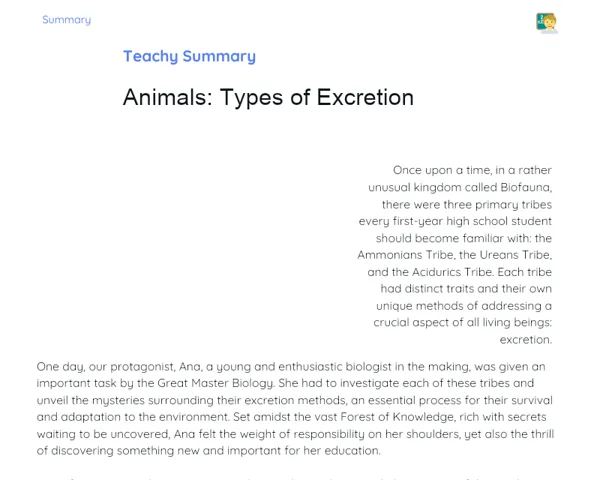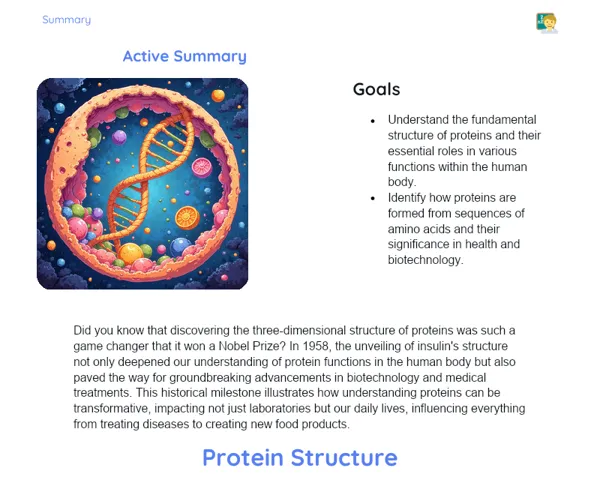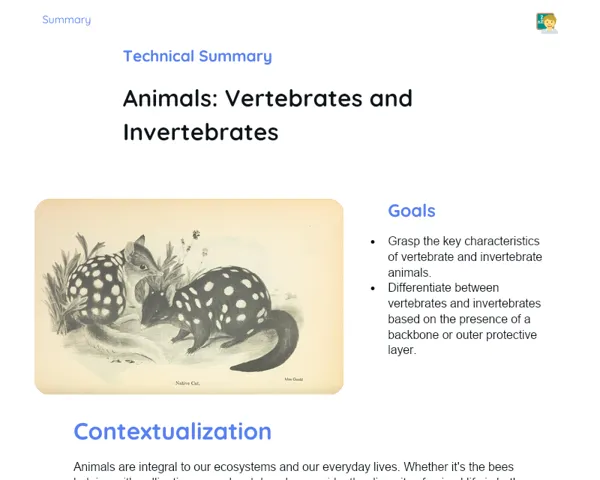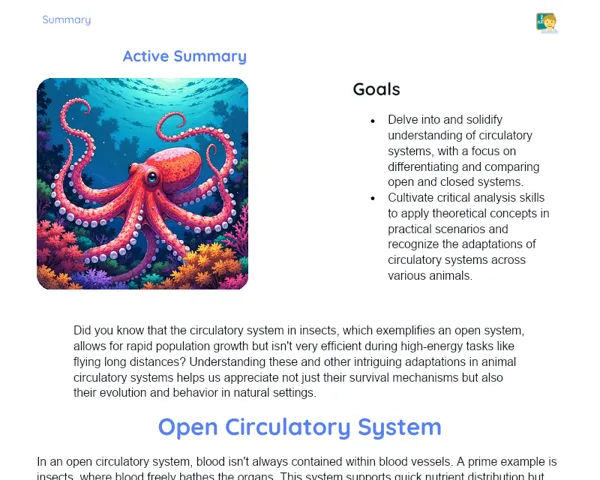Goals
1. Recognize and identify the main types of interactions that occur between living beings.
2. Classify ecological relationships as harmonious and disharmonious, intra-specific and inter-specific.
Contextualization
Interactions among living organisms are vital for the upkeep of our ecosystems. These relationships can either be harmonious, causing no harm to those involved, or disharmonious, where at least one party faces some harm. For instance, the association between bees and flowers is a prime example of mutualism and is crucial for food production. Grasping these interactions is essential in fields like environmental management and conservation, enabling the formulation of strategies focused on sustainability and ecological balance.
Subject Relevance
To Remember!
Harmonious Relationships
Harmonious relationships involve interactions between living beings that do not inflict harm on any party. These can either benefit both (mutualism) or only benefit one (commensalism) without causing harm to the other.
-
Mutualism: both species gain from the interaction, such as bees and flowers.
-
Commensalism: one species gains while the other remains unaffected, like epiphytes growing on trees.
-
Cooperation: different species work together without mandatory dependence, such as birds cleaning crocodiles.
Disharmonious Relationships
Disharmonious relationships are interactions where at least one of the living beings suffers harm. These include predation, parasitism, and competition, where one organism benefits at the other’s expense.
-
Predation: one organism captures and consumes another, like a lion hunting a zebra.
-
Parasitism: one organism lives off another, causing harm, such as fleas on dogs.
-
Competition: organisms vie for limited resources, like food or territory, leading to mutual harm.
Intra-specific and Inter-specific Relationships
Intra-specific relationships happen among individuals of the same species, while inter-specific relationships occur between different species. Both can be either harmonious or disharmonious and significantly affect population dynamics and ecosystem structure.
-
Intra-specific: interactions within the same species, such as cooperation among ants in a colony.
-
Inter-specific: interactions between different species, like the symbiosis between algae and fungi in lichens.
-
Impact on Biodiversity: both intra-specific and inter-specific relationships play a critical role in maintaining biological diversity.
Practical Applications
-
In sustainable agriculture, understanding ecological relationships helps promote practices that boost productivity while caring for the environment, such as using natural pollinators and biological pest control.
-
In ecological restoration projects, biologists and environmental engineers apply concepts of ecological relationships to bring ecosystems back to life, reintroducing native species and managing invasive ones.
-
Environmental consultants evaluate ecological interactions in potential project areas to minimize environmental impact and ensure sustainable outcomes.
Key Terms
-
Mutualism: an ecological relationship where both species benefit.
-
Commensalism: an interaction where one species benefits while the other remains unharmed.
-
Parasitism: a relationship where one species (the parasite) exploits another (the host), causing it harm.
-
Predation: an interaction where one organism (the predator) captures and feeds on another (the prey).
-
Competition: a disharmonious relationship where organisms compete for limited resources, leading to mutual harm.
Questions for Reflections
-
How do ecological relationships impact biodiversity and the stability of ecosystems?
-
How can knowledge about ecological relationships benefit your future careers?
-
Why are both harmonious and disharmonious relationships important for maintaining ecosystems?
Observation Diary of Ecological Relationships
This mini-challenge is designed to deepen your understanding of ecological relationships through hands-on observations in your local environment.
Instructions
-
Select an outdoor spot where you can observe various interactions between living beings, such as a garden, park, or green space.
-
Take a notebook and pen to jot down your observations.
-
Spend at least 30 minutes carefully watching what happens around you, and note different types of interactions you see. Make an effort to identify both harmonious and disharmonious relationships, as well as intra-specific and inter-specific interactions.
-
For each interaction observed, record the date, location, a description of what you saw, and categorise the type of ecological relationship (harmonious or disharmonious, intra-specific or inter-specific).
-
After your observations, choose two interactions and write a short paragraph explaining how these relationships contribute to the ecological balance of the place you observed.



